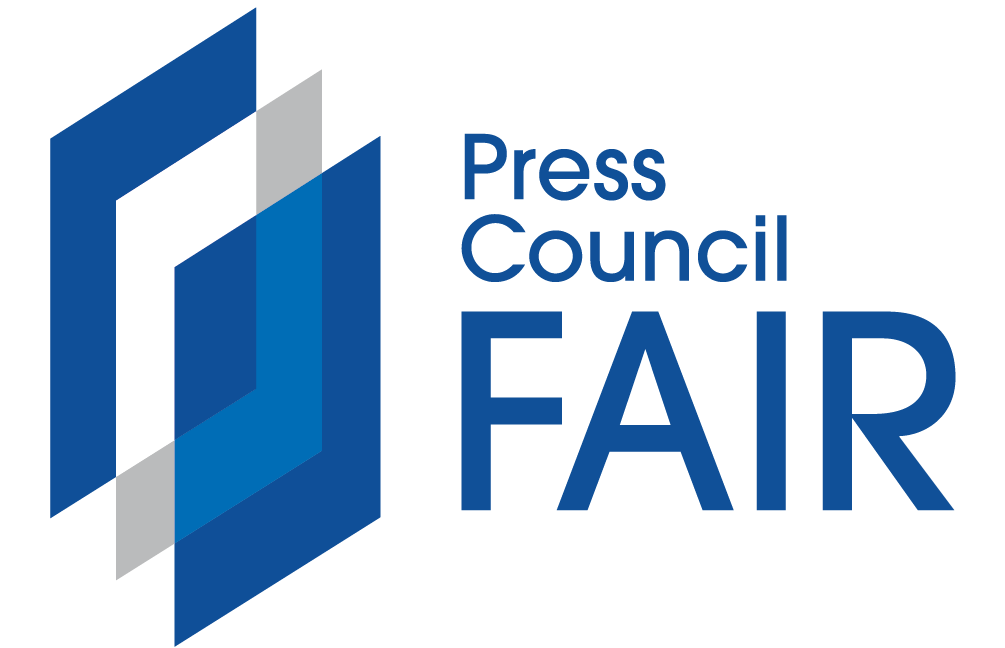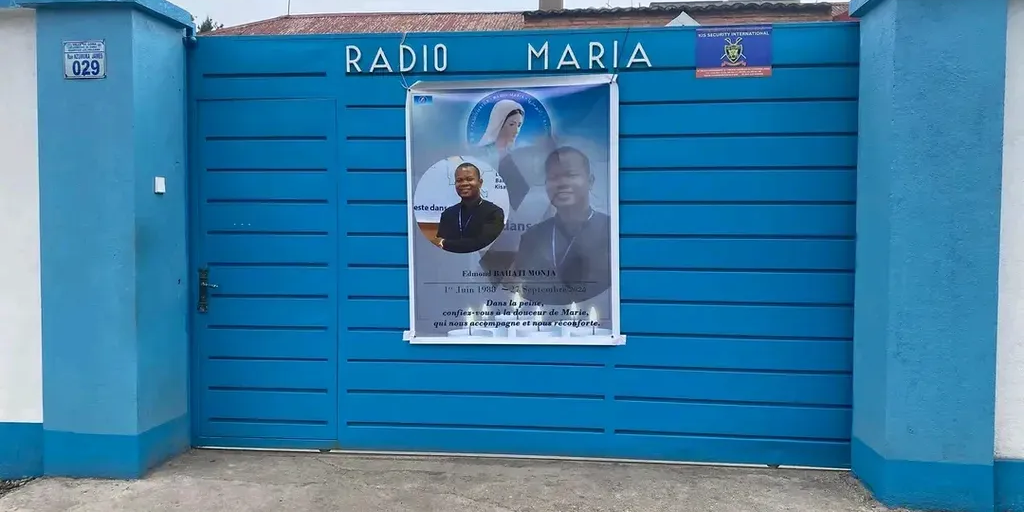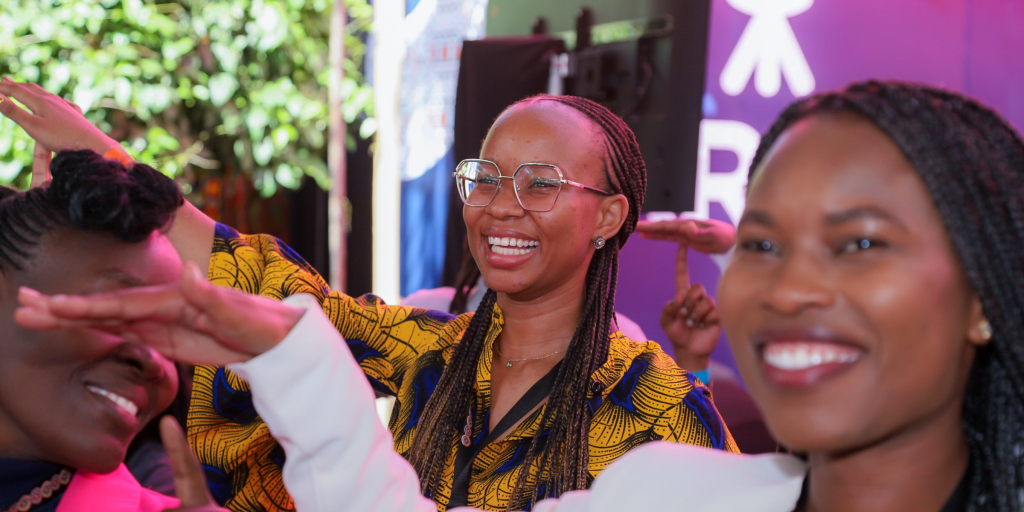IPI Africa’s report shows state actors involved in majority of press freedom violations
PICTURE: A picture of Congolese journalist Edmond Bahati Monja, who was assassinated on 27 September 2024, placed on the entrance gate of the headquarters of Radio Maria in Goma/ Radio Maria, La Croix International
Each month, IPI Africa has produced monthly ‘factsheets’ highlighting the press freedom violations and threats that have occurred across sub-Saharan Africa. This data is collected as part of our ongoing monitoring of threats to press freedom and independent journalism in the region.
More than dozen journalists killed in Sudan, others are paying a heavy toll in conflict prone regions, and are targets of attack during anti-government protests. There’s increasing censorship in the Sahel, while state actors remain the lead perpetrators of violations recorded.
These are raised in IPI’s annual round-up that summarises the key findings and takeaways based on our monitoring from 2024.
In 2024, IPI documented 376 incidents of violations and threats to press freedom in sub-Saharan Africa, affecting at least 480 journalists who faced arrests, harassment, physical attacks and censorship.
According to our data:
State actors were involved in the vast majority of threats and violations against press freedom
These account for over 87% of these incidents. Among these state actors, police and state security forces were most often involved. The police were involved in 60% of the cases, followed by government/public officials (21%) and regulatory bodies (11%).

The highest number of violations and attacks were documented in the West African countries of Nigeria, Senegal and Guinea
These accounted for 30, 18, recorded in the last year, respectively. In Nigeria, the highest number of incidents occurred during the 10 days of anti-government protests, #EndBadGovernance, in August 2024.
Several journalists were assaulted, detained and denied access to sources of information.
In Senegal, the highest incidents were recorded in February, during the anti-government public protests against the postponement of the presidential election.
In Guinea, more than a dozen journalists were arrested in January while protesting against the military junta crackdown on journalists and media houses and the restriction of press freedom.
Physical, verbal, and online attacks accounted for the majority of violations documented

Specifically, there have been at least 149 such incidents out of 376 reported violations. These typically occur among journalists covering public anti-government protests, pre- and post-election events, political campaigning and related activities.
During periods of high political activity, such as election campaigns and public protests, there is a greater demand for information. As a result, authorities often exert control over the flow of information, leading to increased repression of the media and journalists.
In addition to physical assaults, many journalists also face arrest, detention and charges (31%) as well as censorship (18%). The monitoring recorded 11 cases of killing of journalists, with most having occurred in Sudan amid the ongoing conflict.
Lack of investigation, accountability, redress, and reparation for attacks on journalists and press freedom
This remains a significant challenge in advocating for the safety and protection of journalists. Those who are constitutionally-mandated to protect journalists and ensure that press freedom is guaranteed often turn out to be the worst perpetrators of violations.
Investigations into abuses of press freedom are rarely pursued by the authorities, which prevents the accountability of those responsible. This inaction emboldens state actors, particularly the police and state security, to continue abusing their power and using excessive force against media professionals who are performing their public information duties.
Attacks on journalists and the damage to their equipment often go unresolved, with no compensation or reparations provided.
Gender-disaggregation of IPI data
Female journalists being targets of press freedom attacks represent 15% out of the 480 journalists victims. However, in reality, attacks and threats against women journalists could be higher than this, given the various forms of unreported and undocumented incidents of threats aimed at women journalists both online and offline.
Key risk areas
Threats to media freedom and safety of journalists in conflict and insurgency zones
Sudan
The press freedom situation has dramatically worsened since the war started between the Sudanese Armed Forces (SAF) and the paramilitary group, Rapid Support Force (RSF) in April 2023.
Journalists exercising their role of disseminating information in the public interest are at high risk. In 2024, IPI monitoring recorded cases of at least seven who were killed, some as part of the civilian casualties in home shelling and during raids launched by both warring parties, and others while performing their journalistic duties.
For instance, in June 2024 alone, four journalists were reported killed. Similarly, two were killed in September 2024. Several others fled the country out of a need for security. Many media houses and much media infrastructures were damaged. Access to source information remains very challenging.
Democratic Republic of Congo
The eastern part of the country remains a hotspot against press freedom and the safety of journalists. Two, Edmond Bahati Monja of Radio Maria and Yoshua Kambere Machozi of Mpety community radio, were, respectively, assassinated in September and October.
IPI monitoring has regularly recorded different threats to press freedom, ranging from arrest and detention to physical attacks or forceful seizure of media infrastructures, perpetrated both by state actors and non-state actors, on journalists critical of either the central administration, local authorities or discussing security threats posed by the rebel groups operating in the east of the country.
Somalia
Security issues are critical because of the Al-Shabaab insurgency, state actors have perpetrated unlawful attacks on journalists and media aiming at silencing or intimidating them from critical reporting.
One journalist, Amun Abdullahi Mohamed, who covered Al-Shabaab activities in the Rinkeby-Kista borough of Stockholm in Sweden for Radio Sweden and Sveriges Radio, was reportedly killed by individuals believed to have linked with the rebel group.
Mozambique
Security issues remain high due to the conflict in Cabo Delgado province. Critical reportage on the conflict is heavily repressed by the authorities through unlawful arrest and detention of journalists and legal harassment.
Additionally, journalists covering the post-election protests were met with unparalleled repression from security forces, while others were arrested and detained before being released.
Burkina Faso, Mali and Niger of the Sahel region
Entrenched growing censorship has taken root, with a pervading atmosphere of self-censorship among journalists out of fear for their safety and life.
State-sponsored censorship aimed at local and foreign critical media, and enforced conscription of independent journalists have become commonplace.
Several foreign media were temporarily suspended because of their independent reportage on the security issues posed by insurgent groups, and the authorities’ response to it.
A culture of intolerance by the authorities directed to media criticism has emerged under the pretext of the fight against the insurgent groups.




